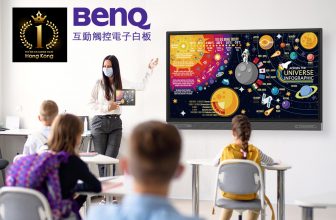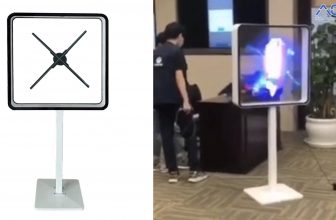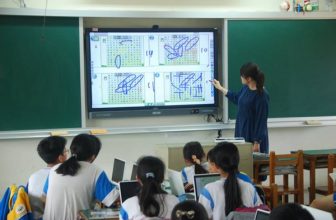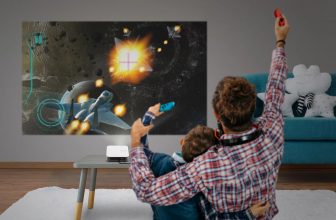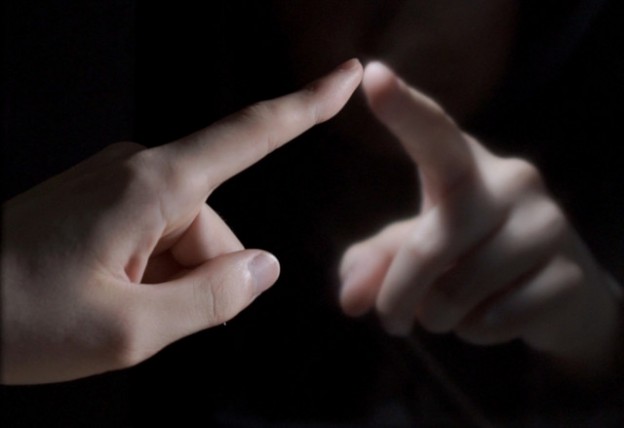
As technology continues to evolve, Hologram technology has been able to create realistic stereoscopic projection images. Today, the research team of the University of Tokyo has further developed the “HaptoClone” interactive system that combines vision and touch, subverting the previous situation where virtual images can only be seen but not touched. Maybe soon, we can not only see each other’s images when we video with relatives and friends, but we can also shake hands and hug each other.
The Haptic-Optical Clone (HaptoClone) system developed by the Shinoda-Makino Lab at the University of Tokyo contains two special holographic projection boxes. If you put your hand into one of the boxes, Or place a physical object inside, and another box will instantly show the three-dimensional projection image of the object or the hand.
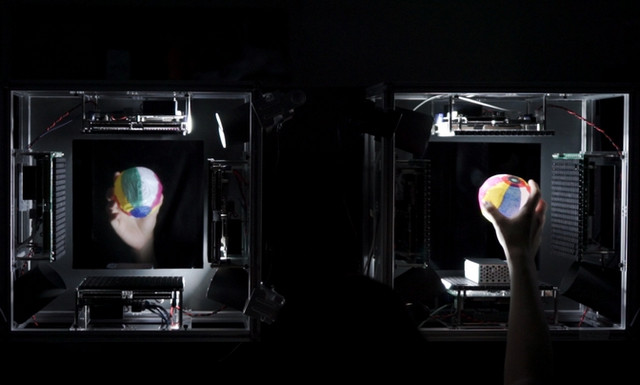
But the most special feature of this is that others can touch the stereoscopic projection image, and the touch force will also be reflected on the physical object. As can be seen from the actual measurement diagram below, if you shoot the virtual balloon in the left box directly with your hand, not only the balloon will roll down due to the force, but also the physical balloon in the right box will also react in synchronization with the force.
This actually utilizes device technologies such as the Aerial Image Plate (AIP), the Airborne Ultrasound Tactile Display (AUTD), and the second-generation sensor Kinect. The HaptoClone system displays the three-dimensional image of the object through the two-sided AIP, which can instantly copy the image in two directions; each of the two boxes is equipped with four AUTDs, and the phased array ultrasound makes people feel the virtual image; the Kinect sensor is real-time Capture the state change of the object when it is touched, and the state will also be projected into another box, achieving the performance of real-time synchronization of the two boxes.
Researcher Yasutoshi Makino believes that when people communicate with each other in different areas, it would be great if they could feel the sensation of touching each other at the same time. Maybe when you go to the zoo in the future, you can experience the feeling of a lion just through the transparent glass.
However, due to ultrasound intensity and other related limitations, only a slight touch force within 100 mN per square centimeter can be simulated at this stage. If you want to achieve greater force such as shaking hands or hugging, you may have to increase the ultrasound intensity, but Excessive ultrasound waves can damage human nerves or tissues. Therefore, the research team will carefully consider all limitations, conduct in-depth research on tactile effects, and improve technology to enhance people’s future communication and interaction modes.
Source of title picture:
- These Japanese Researchers Are Making Holograms You Can Touch
- Haptoclone
- Japanese scientists have created a new type of hologram that you can actually feel
Source of reference: Science and Technology News


